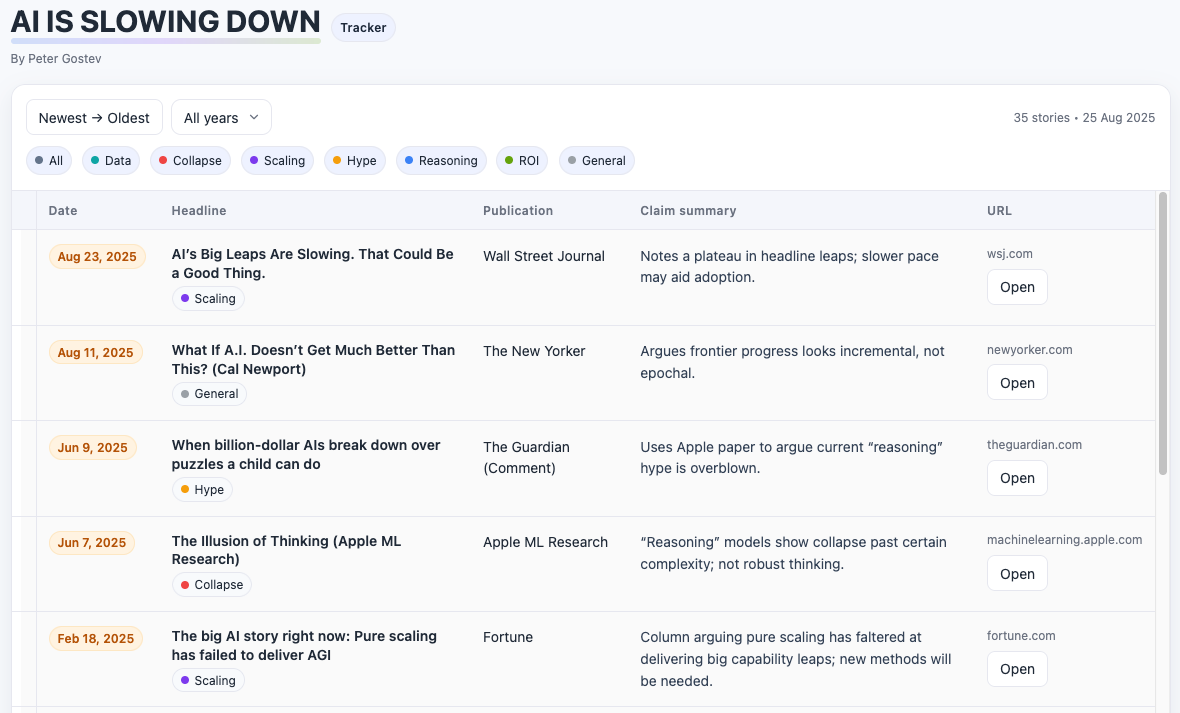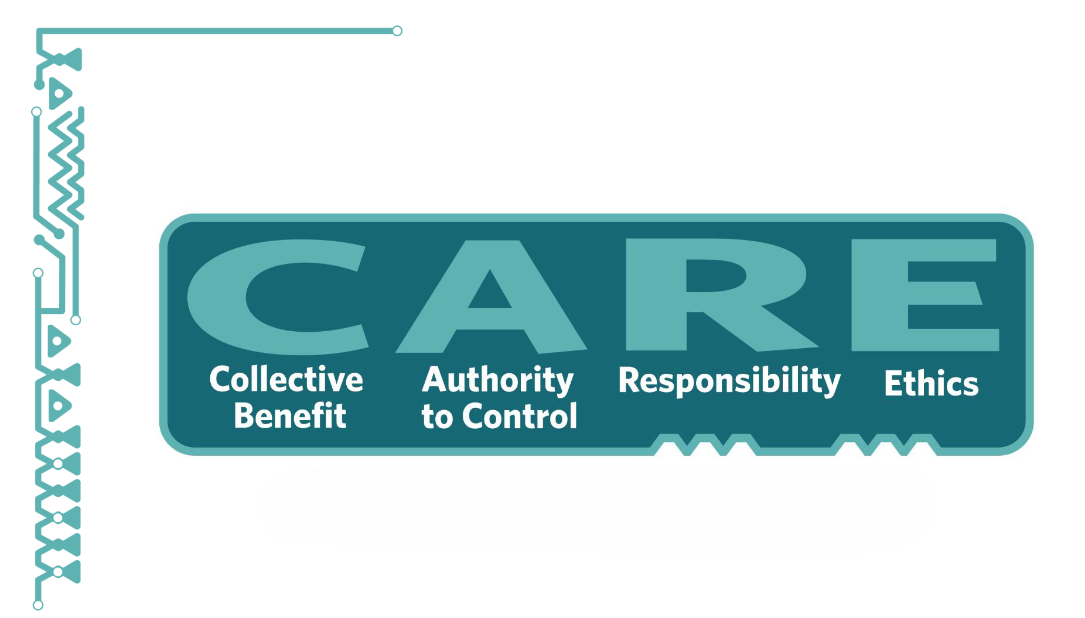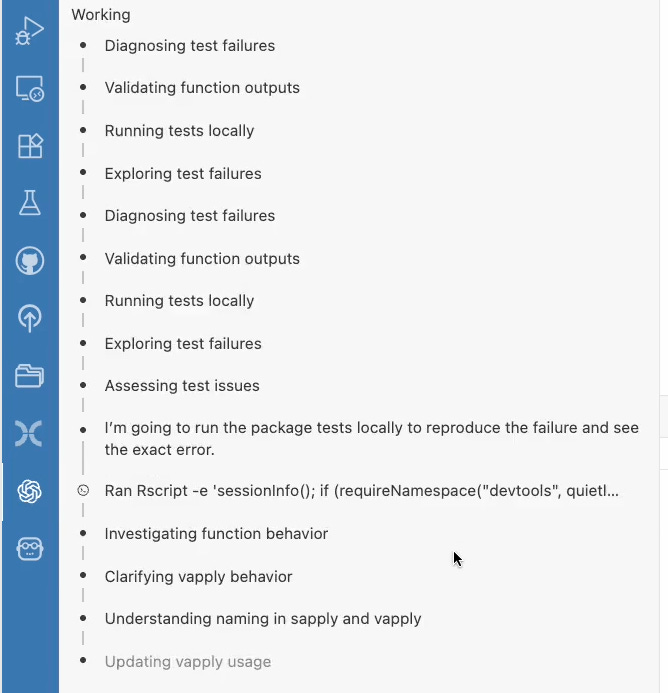We've been having great fun at the EEG recently releasing embeddings of our new TESSERA geospatial foundation model. A foundation model is designed to be used for downstream tasks without having to retrain a full model for every individual task.
Rogue Scholar Gönderileri

Zertifikatskurs Wissenschaftliches Publizieren und Open Science : Kompetenzen für wissenschaftliches Publizieren und Open Science in der digitalen Forschungswelt Die Universität des Saarlandes bietet eine spezialisierte Online-Weiterbildung mit Zertifikatsabschluss (Universitätszertifikat „Wissenschaftliches Publizieren“ mit 10 CP) zum Thema „Wissenschaftliches Publizieren und Open

RAND corp AIxBio report, AI accelerating: GPT-4b for stem cell reprogramming; AI is slowing down; UVA SDS on Bluesky; LLMs and education; Python needs R's CRAN;

This blog post is part of a series. Part 1 can be found here: https://winoda.de/en/2025/08/13/the-magic-of-acronyms-part-1-fair/ Another acronym that is often mentioned in the same breath as FAIR data is CARE.

Dieser Post ist Teil einer Serie. Teil 1 findet sich hier: https://winoda.de/2025/08/13/die-magie-der-akronyme-teil-1-fair/ Ein weiteres Kürzel, das oft in einem Atemzug mit FAIR data genannt wird, ist CARE.

by Sarah Oberbichler There are critics who sometimes ask the “so what?” question when it comes to Digital History: what impact can these new methods and approaches make on historical arguments and how can they advance scholarship? Do they advance scholarship at all? To be fair, sometimes this critique is justified.
In 1962, Richard Frank Kingham — a student at Woodward School Washington, D.C. — wrote a four-page paper, with three further pages of line drawings, about the Early Cretaceous sauropod Astrodon (Kingham 1962). It was published in the Proceedings of the Washington Junior Academy of Sciences (which to no-one’s great surprise does not seem to […]
Das wissenschaftliche Publizieren und damit auch das Open-Access-Publizieren ist für die Hochschulen nicht zuletzt eine finanzhaushälterische Angelegenheit. Lange Zeit war das Thema auf die Erwerbungsmittel der Bibliotheken für Subskriptionen von Zeitschriften, später auch Datenbanken, und Bücher gut eingrenzbar.

Developing an R package using the OpenAI Codex agent in Positron
This post was originally published by Marion Paulhac on the European Diamond Capacity Hub (EDCH) Community Forum here.
Dear rOpenSci friends, it’s time for our monthly news roundup! You can read this post on our blog. Now let’s dive into the activity at and around rOpenSci! 🔗rOpenSci HQ 🔗Community call: “R-multiverse: a new way to publish R packages” On Monday, 29 September 2025 14:00 UTC, we’ll host a community call about the R-multiverse, starring Will Landau!